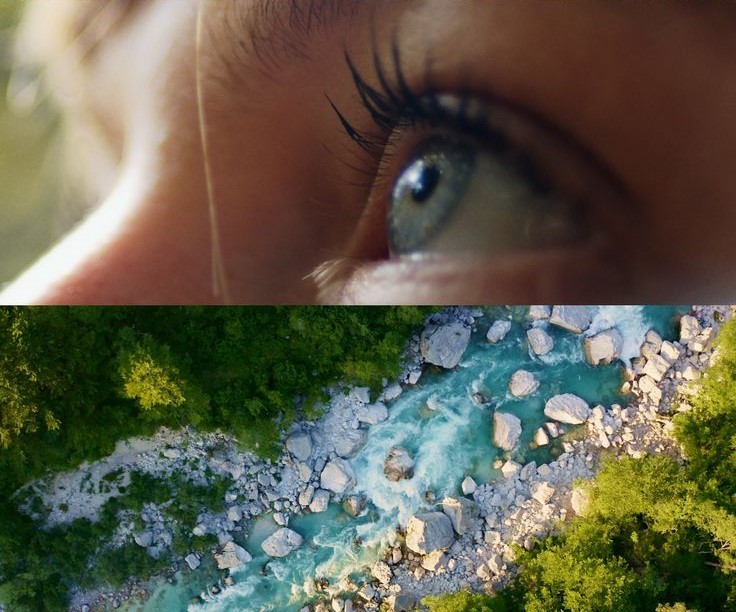Color grading is an indispensable aspect of modern filmmaking and video production that goes far beyond simple color correction. It’s an art form that adds depth, emotion, and atmosphere to a story, allowing filmmakers to manipulate the visual tone of their work to evoke specific feelings and responses from the audience. This article delves into the world of color grading, exploring its significance, techniques, and the impact it has on visual storytelling.
Understanding Color Grading
Color grading involves the process of enhancing and altering the color of a film or video to achieve a desired look. While color correction is about fixing color imbalances and ensuring consistency, color grading is about creating a visual mood and style. It’s the final step in post-production where the raw footage is polished to perfection, giving it a cinematic quality.
The Importance of Color Grading
- Setting the Mood: Color grading can dramatically influence the mood of a scene. Warm tones can evoke feelings of comfort and nostalgia, while cool tones can create a sense of unease or sadness. The color palette chosen can enhance the narrative, making the audience feel more connected to the story.
- Directing the Viewer’s Attention: Through the use of color contrast and emphasis, color grading can guide the audience’s focus to specific elements within a frame. This subtle manipulation helps to tell the story more effectively by highlighting important details or characters.
- Creating Consistency: A consistent color grade throughout a film ensures that different scenes feel cohesive. This is particularly important in films shot in various locations and lighting conditions. Color grading helps to unify these disparate elements, maintaining visual harmony.
- Enhancing Visual Aesthetics: Beyond storytelling, color grading enhances the overall visual appeal of a film. It can turn ordinary footage into a visually stunning piece of art, making it more engaging and memorable for the audience.
Techniques of Color Grading
- Primary Color Correction: The first step in color grading is to correct any color imbalances in the footage. This involves adjusting the white balance, exposure, and contrast to create a neutral base from which to work.
- Secondary Color Correction: Once the primary correction is done, secondary color correction allows for more specific adjustments. This could involve changing the color of a particular object within a scene or isolating and modifying skin tones.
- Color Wheels and Curves: Color wheels and curves are fundamental tools in color grading. Color wheels (shadows, midtones, highlights) allow for targeted adjustments in different tonal ranges, while curves provide precise control over the brightness and contrast of specific colors.
- Look-Up Tables (LUTs): LUTs are pre-set color profiles that can be applied to footage to achieve a particular look. They can simulate the color characteristics of different film stocks or create stylized effects, saving time and providing a starting point for further adjustments.
- Masking and Tracking: Advanced color grading often involves masking and tracking, where specific areas of the frame are isolated and adjusted independently. This technique is useful for correcting lighting inconsistencies or creating complex visual effects.
The Impact of Color Grading on Visual Storytelling
Color grading is more than just a technical process; it’s a powerful storytelling tool. It can transform the emotional landscape of a film, subtly influencing how the audience perceives and feels about the story being told. Here are a few examples of how color grading impacts visual storytelling:
- Dramatic Films: In dramas, color grading can emphasize the emotional weight of the story. Dark, desaturated tones can convey a sense of despair or tension, while warm, golden hues can highlight moments of intimacy and happiness.
- Action and Sci-Fi Films: High contrast and vibrant colors are often used in action and sci-fi films to create a sense of excitement and otherworldliness. The color grade can make futuristic settings feel more believable and visually striking.
- Horror Films: The color palette in horror films often includes cold, muted colors to create a sense of dread and isolation. Green or blue tints can add an eerie, unnatural feel to the scenes, enhancing the horror experience.
- Romantic Films: Romantic films frequently use soft, pastel colors to evoke feelings of warmth and affection. The color grading can make romantic scenes feel more dreamy and enchanting.
Conclusion
The art of color grading is a vital component of the filmmaking process that significantly enhances the storytelling experience. By carefully manipulating color and tone, filmmakers can evoke emotions, guide the audience’s attention, and create a visually cohesive and compelling narrative, and influence the overall feel of films. As technology advances, the possibilities for color grading continue to expand, offering filmmakers even more creative tools to bring their visions to life. Whether you’re a budding filmmaker or an avid film enthusiast, understanding the power of color grading can deepen your appreciation for the visual artistry that goes into making a film truly unforgettable.
Article writer: Nourhan Awad

